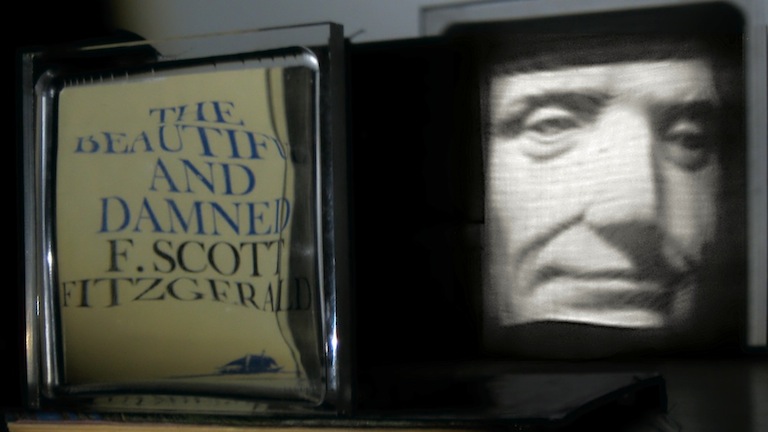
A lens (left) and the image it throws on the wall (right).
A lumographic ("light-drawing") lens makes a picture by concentrating and diverging light rays to make bright and dark patches in the image. When moved, it produces the same hypnotic play of light that you see under moving water on a sunny day. It works the same way -- an undulating surface bends light rays -- but with quite different results:
Design-wise, the trick is to find a lens shape that rearranges light rays in just right way to make a desired picture. More than one lens shape will work, so I find the smoothest and flattest one, which will be the easiest to fabricate. The result is a little like a funhouse mirror:

Speaking of which, one can also make lumographic mirrors:
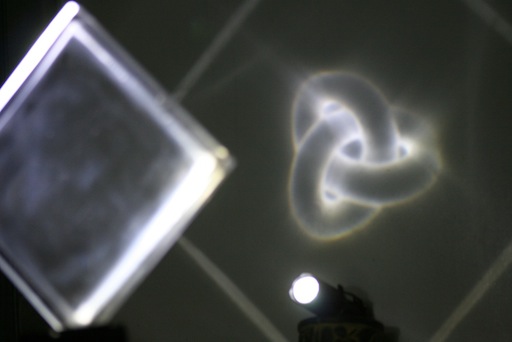
As well as internally focusing lenses:
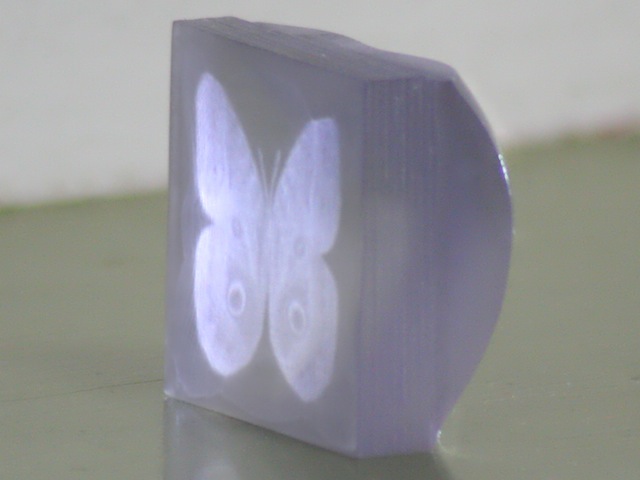
And multiple-refraction lenses:
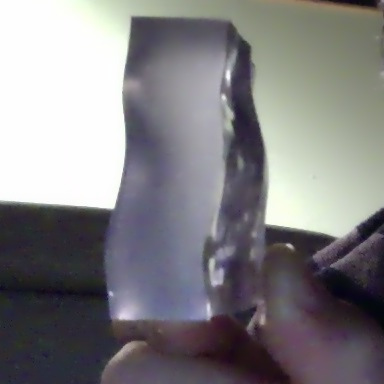
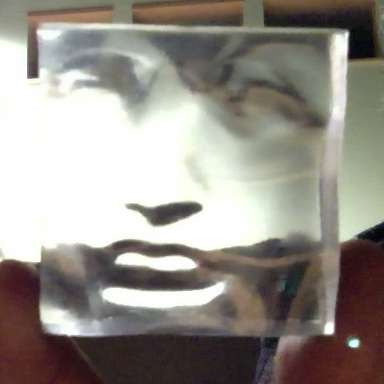
The lenses above make pre-caustic images, meaning that the wavefront is reshaped but not folded over or focused. It is also possible to design lenses that make true caustic images:
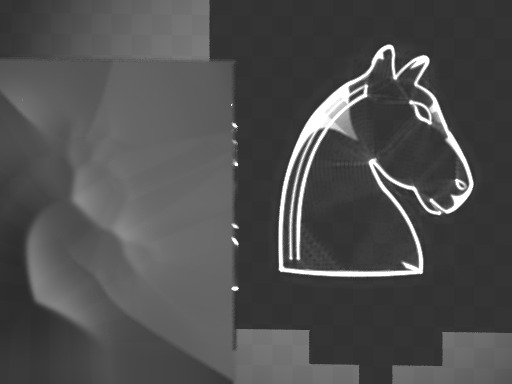
I can also make lenses that use extended light sources, such as a window. Normally an extended light source results in a very blurry image, like a shadow on a cloudy day. It surprised many in the optics community that the blur can be selectively tucked away in the interior of the image, yielding sharp-edged images:
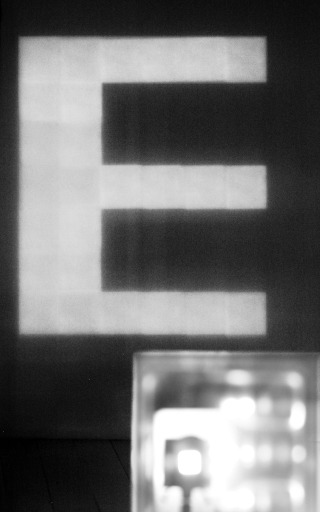
With very high-end machining, detail and contrast can be photographic-quality:
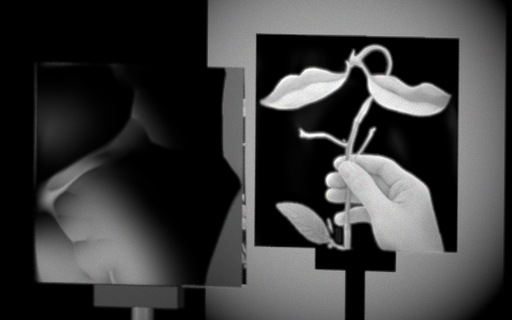
This project got started at the beach while musing on the patterns of light seen in shallow water. How could that be harnessed to make a picture? I ultimately got an answer by setting up lens design as a problem in Optimal Mass Transport -- the study of spatial rearrangements. OMT has an excellent backstory: Lore has it that it was originally inspired by the Napoleons' propensity for generating extensive piles of rubble, whose removal/recycling was an urgent problem. The 18-19th century geometer Monge framed it thus: Given two sandcastles, how to change one into the other by moving the fewest grains of sand? Two world wars later, Kantorovich, faced with Stalin's even more formidable rubble-making habit, developed the modern formulation: What is the simplest map between two continuous distributions of stuff? This problem is still an active area of research today. To get a solution for picture-forming lenses, I recast Kantorovich's problem so that the map (of light rays) between source and target is constrained to be a (nonlinear) function of the lens' surface slopes. With a little mathematical nudging, this reformulation yielded an algorithmic one-liner that tells me, in a matter of seconds, how to shape a lens or mirror to make any target image from a point light source. Sadly, nature does not provide point light sources of usable brightness, but a decade later I noticed that one could run light backwards through the same equation in a way that gives a general solution for arbitrary input light fields. This paved the way to use nice bright extended light sources like LED arrays and the sun.
Physical fabrication requires ~50 nanometer-accurate machining, but such equipment was military-grade when I first went looking, and is still basically out of reach for artists. Starting in 2008 — with some useful tips from the fellows at the local car-body shop — I've been able to coax reasonable results from much cheaper polishing tools and CNC machinery made for the automotive industry.
Here's my most recent show of lenses:
See another invention, sheet-metal holography: knots nature humans surfaces motion 720 etc .
© 2008-2010 Matt Brand. All rights reserved. Trademark & patents pending.